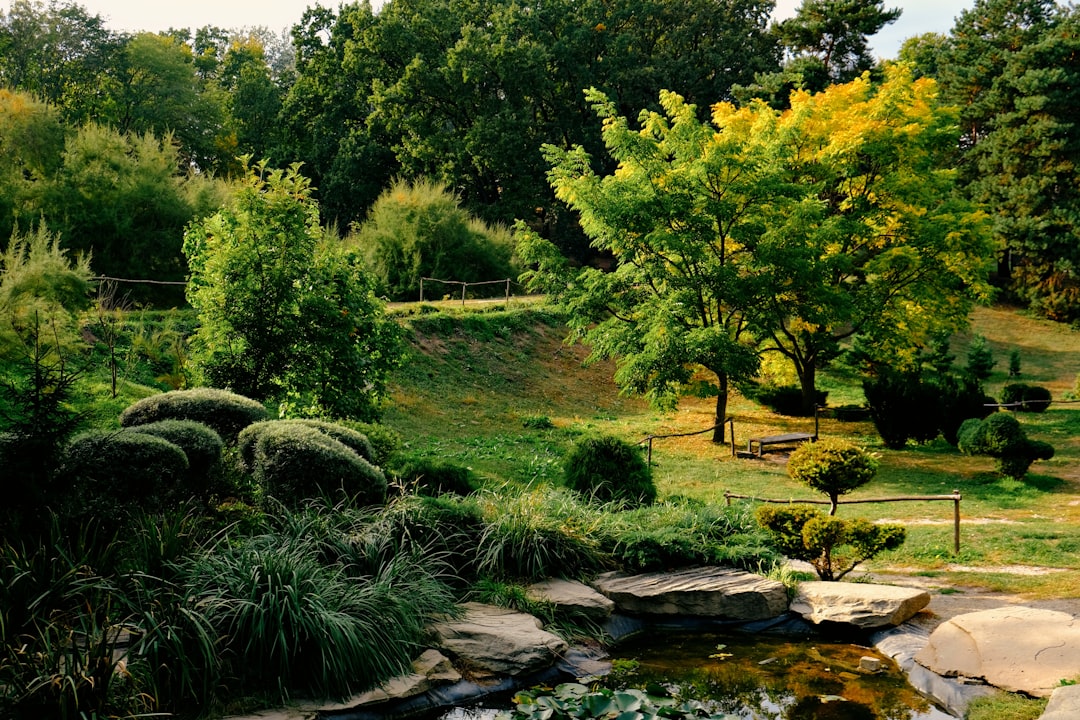The Art of Pruning Evergreens for a Tidy Garden

Maintaining a beautiful garden filled with trees, shrubs, and vines requires a certain level of care and attention. Among the various tasks involved in gardening, pruning evergreens such as boxwood, yews, and junipers is crucial to prevent them from turning into overgrown messes. In this article, we will explore some valuable tips on how to prune these evergreens effectively.
First and foremost, it's important to understand the right time to prune evergreens. For boxwood, late winter or early spring is generally the best time. This is when the plant is still dormant, and pruning at this time allows the plant to recover quickly and promotes healthy new growth. Yews, on the other hand, can be pruned in late winter, early spring, or even in mid - summer. Junipers are best pruned in late winter or early spring before new growth begins. Pruning at the appropriate time helps minimize stress on the plants and ensures that they remain in good health.
When it comes to tools, having the right ones is essential. A sharp pair of pruning shears is a must - have for small branches. For larger branches, loppers or a pruning saw may be required. It's important to keep your tools clean and sharp. Dull tools can crush the branches instead of making clean cuts, which can lead to disease and slow down the healing process of the plant. Before using your tools on different plants, it's also a good idea to disinfect them to prevent the spread of diseases.
Let's start with boxwood pruning. Boxwoods are known for their dense foliage and are often used for hedges or formal gardens. When pruning boxwood, start by removing any dead, damaged, or diseased branches. These branches not only look unsightly but can also harbor pests and diseases. Then, shape the boxwood by trimming the outer branches. It's important to prune in a way that allows sunlight to reach the inner parts of the plant. This helps maintain the overall health of the boxwood. Avoid over - pruning, as this can weaken the plant and make it more susceptible to pests and diseases.
Yews are another popular evergreen that requires proper pruning. Yews can be pruned to maintain a specific shape or size. Similar to boxwood, begin by removing any dead or damaged branches. Yews can tolerate more severe pruning compared to some other evergreens. However, it's still important to be careful not to remove too much foliage at once. When shaping a yew, make sure to prune in a way that follows the natural growth pattern of the plant. This will result in a more aesthetically pleasing and healthy yew.
Junipers are often used in landscaping for their unique shapes and textures. When pruning junipers, focus on removing any branches that are crossing or rubbing against each other. These branches can cause damage and create entry points for pests and diseases. Junipers also tend to have a lot of dead foliage inside the plant. Gently remove this dead foliage to improve the air circulation within the juniper. When shaping junipers, be cautious as they do not regrow foliage from old wood as easily as some other plants. So, it's best to prune conservatively.
After pruning, it's important to take care of the pruned evergreens. Water the plants thoroughly to help them recover from the stress of pruning. Applying a layer of mulch around the base of the plants can also help retain moisture and protect the roots. Additionally, keep an eye on the plants for any signs of pests or diseases. If you notice any issues, take appropriate measures such as using natural pest control methods or consulting a professional gardener.
In conclusion, pruning evergreens like boxwood, yews, and junipers is an important part of gardening. By following the right techniques, using the proper tools, and pruning at the appropriate time, you can keep these evergreens healthy, attractive, and prevent them from becoming overgrown messes. With a little effort and care, your garden filled with these beautiful evergreens will thrive for years to come.